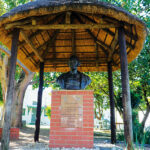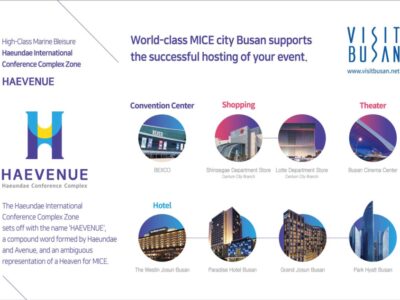
The path of pacific resistance to injustice and its utility in fighting colonialism showed by Gandhi influenced the course of the history of not only South Africa, but numerous other African countries (Photo: India Outbound)
Like most Indians headed to South Africa, I had only a vague memory of what I had learnt in my school about Mahatma Gandhi spending his formative years as a lawyer in South Africa. When I landed in Durban, I was perhaps more eager to discover the myriad natural wonders and sights that awaited me in South Africa. Over the next few days, I did indeed discover the jewels that South African forests hid.
And then, I discovered a jewel that is perhaps as rare and as precious as any specimen of wildlife that the forests or the oceans around South Africa could possess – the Inanda Heritage Route. Barely 20 km north of Durban, we rapidly reached the Phoenix Settlement, the first site on this historical route which is intricately woven into South Africa’s long struggle for freedom and where the seeds of Indian freedom struggle were also planted.
Phoenix Settlement was the first community town established by Gandhi in South Africa and it was based on principles of self-reliance and value of labour, with the common good of the society as its guiding principle.

Phoenix Settlement was the first community town established by Gandhi in South Africa (Photo: India Outbound)
Gandhi in South Africa
After qualifying as a lawyer from England, having completed his LLB from University College London (UCL), Mohandas Karamchand Gandhi arrived in South Africa in May 1893, at the age of 24 on an assignment.
However, several events occurred during his stay which ensured that his short stint turned into a 21-year-long stay, with short visits to England and India.
These years in South Africa were Gandhi’s formative years, both as a lawyer and as a leader. His transformation began within weeks of his arrival in Durban. On June 7, 1893, he needed to travel to Pretoria to settle the dispute that he had come for. That day, he was thrown out of the First Class compartment of a Pretoria-bound train in Pietermaritzburg. The young lawyer spent the night in the Waiting Hall on the deserted railway station.
The humiliation that he went through convinced him to take on a greater call to fight for the rights of Indians in South Africa. He soon mobilised Indians in Durban and within a year, in 1894, the Natal Indian Congress was born to look into the question of voting rights for Indians.
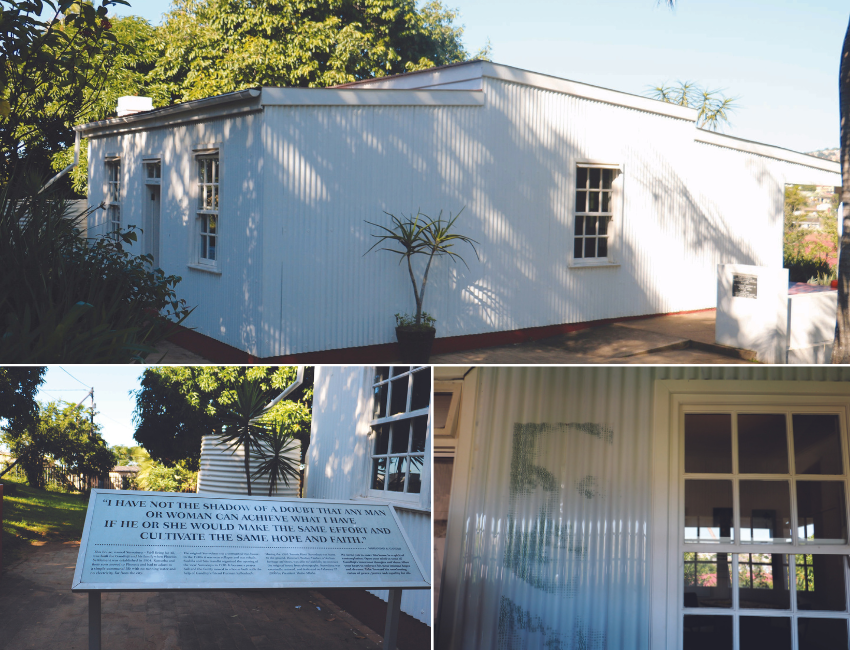
It was during his struggle for equal rights for the Indian community that Gandhi developed his philosophy of satyagraha (Photo: India Outbound)
He got proactively involved in uniting the community together and fight discrimination, initially raising his voice for the maltreatment of Indians. It was during his struggle for equal rights for the Indian community that Gandhi developed his philosophy of satyagraha, a form of active but peaceful resistance to injustices.
While living in South Africa, Gandhi was inspired by a visit to a Trappist community in Mariannhill and by John Ruskin’s book, Unto This Last, to found a communal living system. In 1904, he chose Phoenix in Inanda to establish a community based on self-reliance and the value of labour on the land for the common good.
Here, besides his cottage, he also set up a printing press to print his newspaper, Indian Opinion, as well as a clinic, school and homes. The newspaper first appeared on June 6, 1903, where Gandhi shared his philosophy of satyagraha. It was here, too, that Gandhi published his first book, Indian Home Rule, which outlined his political vision for India and the principle of inter-faith harmony. Next to the Phoenix settlement is the Kasturba Primary School, named after Gandhi’s wife.
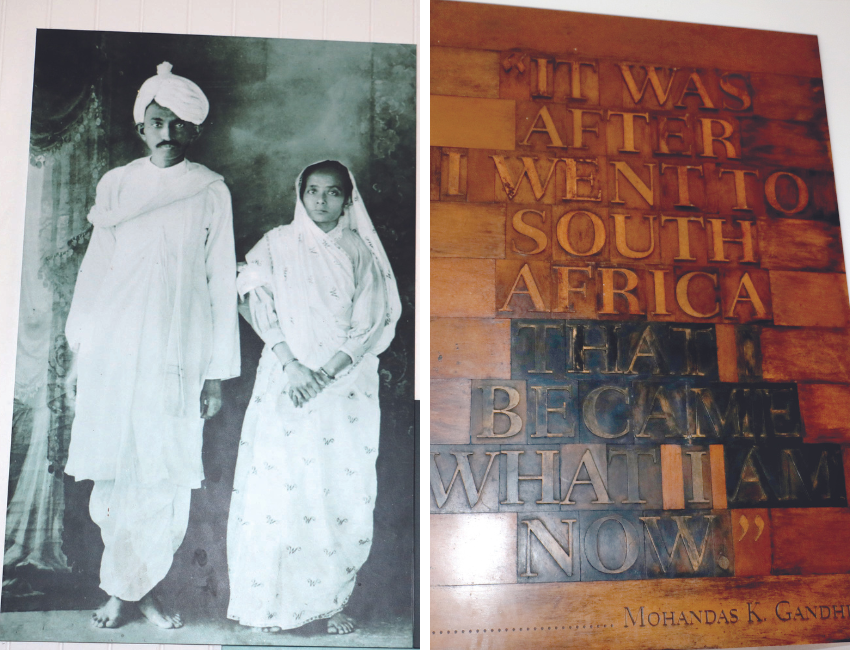
Next to the Phoenix settlement is the Kasturba Primary School, named after Gandhi’s wife (Photo: India Outbound)
Although the Phoenix Settlement, including the printing press and Gandhi’s cottage, Sarvoday, were burnt in severe riots in 1985, they were rebuilt as a museum after the first democratic elections in 1994.
Today the settlement comprises Gandhi’s house, the printing press building (which now houses the Inanda Tourism office), Gandhi’s son Manilal’s house and the Phoenix Interpretation Centre, where lectures are given.
The path of pacific resistance to injustice and its utility in fighting colonialism showed by Gandhi influenced the course of the history of not only South Africa, but numerous other African countries. Notably Nobel Laureate Nelson Mandela, considered the Father of South Africa, was deeply influenced by Gandhi’s fashion of struggle against injustice and adopted his path of peaceful resistance, while leading South Africa to full democracy after uprooting apartheid.
Phoenix for instance, became an iconic representation of South Africa’s fight for justice, peace and equal rights for all citizens. During the apartheid era it was an important resistance site, where activists from all over the country met for political enlightenment.
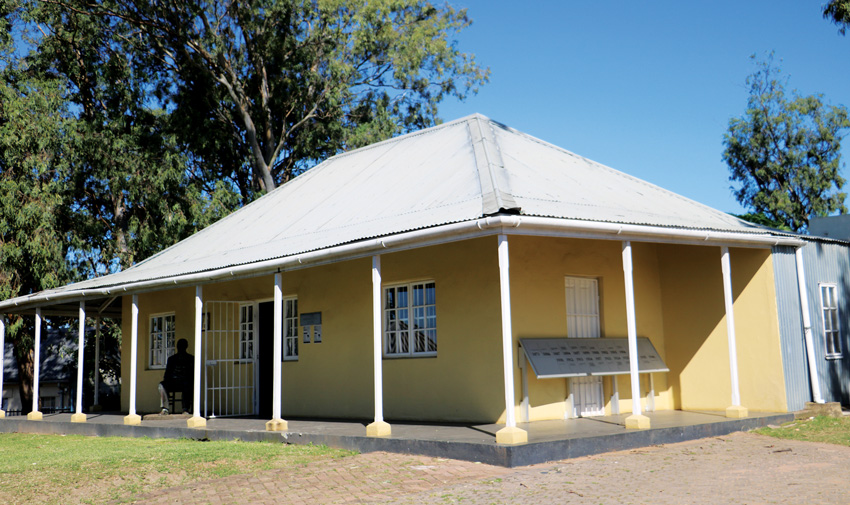
The home of the first President of the African National Congress J L Dube (India Outbound)
In the 1960s, the Phoenix Settlement and surrounding areas of Inanda became home to the thousands of people displaced from urban areas under apartheid rule. It grew into a shanty town and later as segregation laws became more intrusive, it became a dense informal settlement that became the site of intense political violence. It was here that the first President of the African National Congress J L Dube lived and died.








